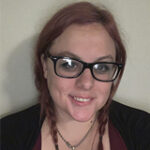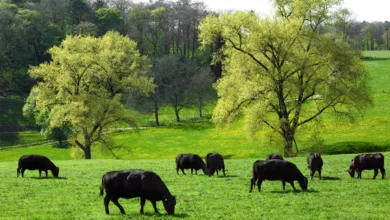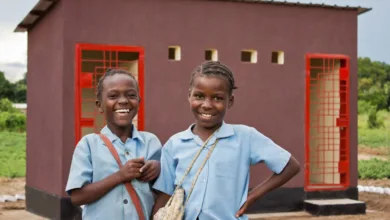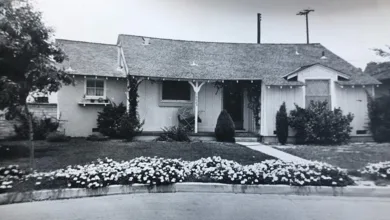The Journey of Jane Goodall
Pioneering anthropologist, naturalist, and feminist

Photo above: Jane Goodall, 35 years after her original observations watching the Gombe Chimpanzees | Becoming Jane: The Evolution of Jane Goodall, organized by National Geographic and the Jane Goodall Institute.
What we need the most right now in our polemic, digitized, modern world is compassion, hard work, and hope.
Luckily, anthropologist, naturalist, and feminist Jane Goodall epitomizes these attributes.
Goodall was born a paragon of curiosity. Even in the earliest stages of childhood, she had the boundless spirit of inquiry and patience of a natural-born scientist mixed with the unfettered compassion and empathy of a humanitarian.
One of Goodall’s earliest memories, from when she was four years old, is of being so enraptured with how a chicken lays an egg at a farm near her home she lost all track of time, waiting long past dusk to witness the miracle of life.
Jane’s mother Margaret “Vanne” Joseph, however, had called the police: Her child had been missing all day. But when Margaret Joseph learned Jane’s absence was due to her enchantment with nature, she beamed with pride at her daughter’s quest for knowledge instead of punishing Jane for her absent-mindedness.
“A different mother might have crushed that early scientific curiosity,” Goodall has said. “That moment with the hen was really, really pivotal in my life.”
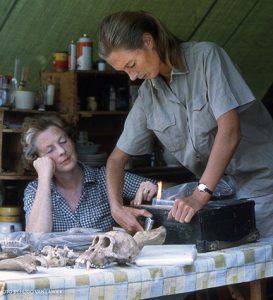
Margaret Joseph would become an essential champion of Jane’s scientific achievements throughout her life, even joining her in Tanzania in 1960.
Goodall reflects on this memory often in her speeches delivered around the world.
Until the pandemic, she travelled more than 300-plus days a year.
Now, virtually, she educates and emphasizes the great thesis of her life’s work: The importance of encouraging everyday curiosity in young minds.
All this and more are now on vivid display in “Becoming Goodall: The Evolution of Jane Goodall,” an exhibit at The Perot Museum.
Goodall is known for her discovery of phenomenal similarities between humans and chimpanzees. She found apes use tools, fight, and care for each other in strikingly human ways.
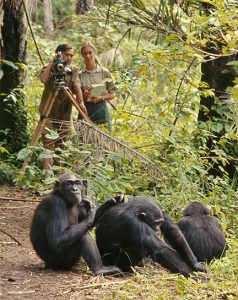
But what is less-often known is her dedication, compassion, and fearlessness in a time when women were not allowed to do such things.
In fact, Goodall was simply reaching out to her mentor, Louis Leaky, a Kenyan archaeologist and paleontologist, for a friendly conversation on discoveries in the field that Goodall would eventually come to dominate when they were first introduced in 1957.
Soon after speaking with Goodall, Leaky saw her passion for knowledge as an opportunity to put someone in the field to study chimps in Tanzania.
Leaky hired Goodall under the guise of secretarial work to get a sense of Goodall’s commitment and work ethic. Goodall far exceeded Leaky’s expectations and shattered all previous scientific perceptions of chimpanzees. Goodall excelled in her work with the Kasakela chimpanzee community in Gombe Stream National Park, studying there for more than 60 years.
Goodall broke new ground in scientific discoveries of what animals are capable of, most notably regarding their complex relationships and social hierarchies.
She has since emerged in the last few years to pay the gift of knowledge forward, blazing a new trail for the youth of America.
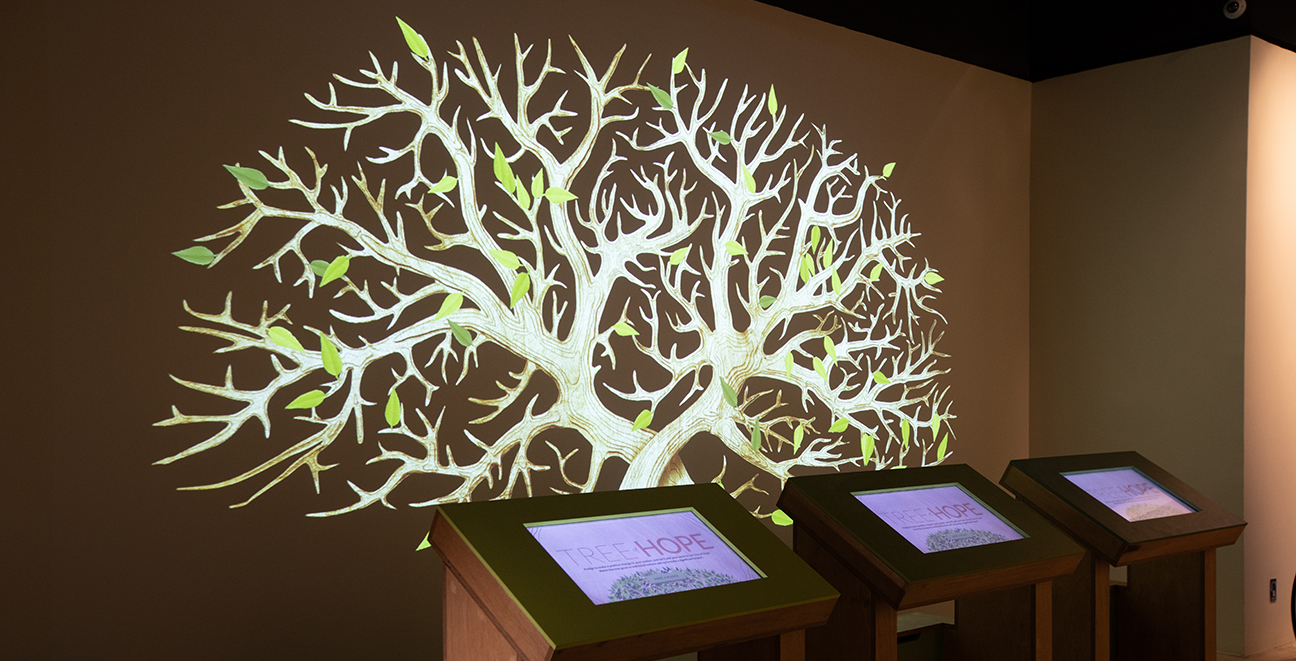
Spreading the news of Goodall’s new project, “Roots and Shoots” is one of the many benefits of taking the kids to see her inspiring exhibit at The Perot Museum, perfect for children of all ages. This project challenges kids to start or join projects bettering their communities by helping people, animals, or the environment.
The exhibition takes viewers through the amazing journey of Goodall’s life, or “evolution,” with an impressive array of authentic artifacts throughout and ending with an incredibly lifelike Jane Goodall 3D hologram.
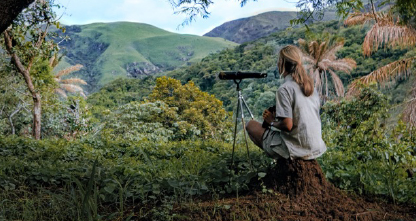
Today, with kids spending triple the hours playing indoors on electronics than outside in nature, Goodall’s humanitarian efforts are more essential than ever before. According to Goodall, “It is paramount in this new age for future generations to understand the deep connection between humans, animals, and the environment.”

